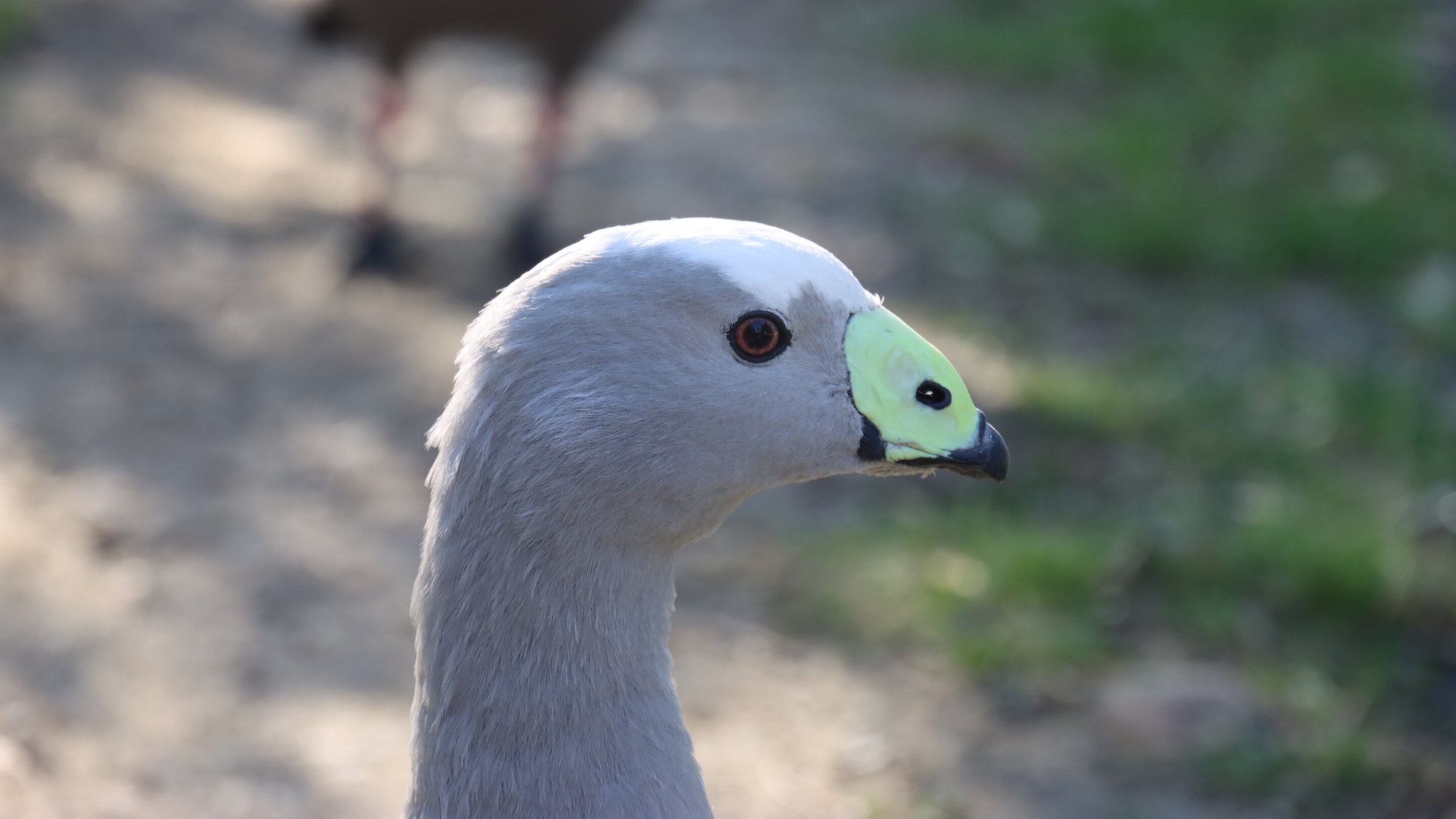

Even though we can’t tell a flock of birds apart without examining them closely, the birds in the group know who’s who. And that’s because they have certain physical marks that help distinguish them.
Just like how individual humans might have distinct moles, or other unique physical characteristics, Greylag geese have unique grooves on their beaks. To prove that Greylag geese do indeed have distinctive facial features, a team of scientists from Flinders University in Australia and University of Vienna in Austria developed facial recognition software that can assign a goose face to a goose ID within a database with around 97 percent accuracy.
“Results from the facial recognition software showed that identification of individual geese using images of their bill was possible and validated the idea that geese are visually unique,” the researchers wrote in a paper they published last month in the Journal of Ornithology.
[Related: What’s life like for a fruit fly? AI offers a peek.]
But of course a computer accuracy test can only prove so much. To test if geese can recognize each other by their faces (and not by some other feature such as smell or sound), scientists took photos of individuals within a group of Greylag geese and tested how other members of the flock reacted to the 2D-printed images.
As part of their experiment, the researchers blew up these photos into life-size portrayals that they then put in front of the real geese. When presented with a photo of themselves, their partner, and a flock mate, these geese gravitated towards the photos of their partner, and actually hissed at photos of themselves. (Because geese don’t own mirrors, they don’t know what they look like, and therefore when they see themselves for the first time, they register it as an unfamiliar goose.)
[Related: Artificial intelligence is helping scientists decode animal languages]
Facial recognition is a complicated technology in the human world. It doesn’t help that it’s getting more commonplace. While it can be more convenient than typing in a passcode on your phone, or keeping track of a key, mistakes happen, privacy problems arise, and the technology itself is still fairly unreliable.
But in the animal world, it has the potential to help. Petco, for example, is using facial recognition for pets as the backbone of its lost pets database. Owners can upload photos, and the software will scan for image matches at nearby shelters.
For natural scientists and conservationists, this type of software can help them keep track of individual animals by seeing who’s passing by what trail cams or camera traps. Different animals have different tells. For tigers, the differentiator is their stripes. For other animals like bears or pumas, researchers may have to rely more on body markings. And for farm animals like sheep, cows, and pigs, scientists want to use the technology to monitor their daily behaviors and overall well-being. But in that case, questions remain on who the data is really for: the animals or the humans?
